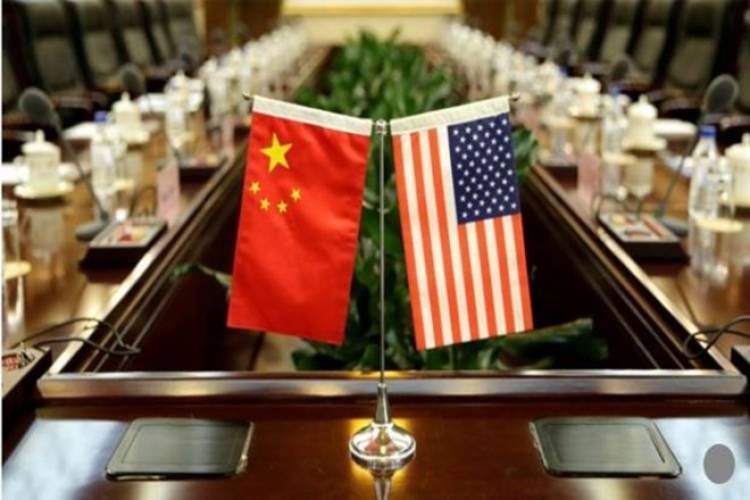US-China trade war may bring $8.7 billion bonanza for Indian exports to America

The extra US tariffs on its imports from China in the ongoing trade war have opened a window of opportunity for India to push for higher exports in 171 items — ranging from textiles to marine products — with additional outbound shipment potential of up to $8.7 billion a year, according to a latest commerce ministry study.
The Trump administration has announced extra levy of up to 25% on $250-billion Chinese supplies in two phases, which will make scores of Indian products more competitive than China’s in the US market. The first round of higher duties on $50-billion Chinese goods has created the space for India to tap the export window in close to three dozen items with potential annual supplies of $2.1 billion, sources told FE.
Similarly, in the second round of duty increase, India has the scope to drive up exports in 135-171 items, with potential outbound shipments of $5-6.6 billion a year. These Chinese goods face additional American tariff of 10% up to end-December, after which it will be raised to 25%. The US is India’s largest merchandise export destination. Exports to the US touched $48 billion in 2017-18.
The ministry held wide consultations with various export promotion councils in September for this purpose, said an industry source. However, the greater export opportunity can be exploited by India’s competitors as well, including Vietnam and even Bangladesh.
A textile exporter said despite the extra impost, Chinese supplies of most items still remain more competitive than India’s.
While the additional US levy impacts more than 7,000 tariff lines (products), in most cases, the American imports from China are not very significant.
In some other tariff lines, the Indian supplies to the US are already too high to be scaled up even further, said the sources.
The items where India can make inroads into the American market with greater vigour include shrimps and prawns, yarn, fabrics, man-made filament, copper and products made of such base metals, steel and iron products, garlic, berries, sugar confections, oilcake, distillate fuel oil, organic compounds, certain plastic, leather, rubber and wooden products.
India has been seeking fresh avenues to boost exports in recent months to trim a trade imbalance that has worsened its current account deficit (CAD) and pressured the rupee. While the tariff tussles between the US and others (China in particular) has created an opportunity for Indian exporters to tap, the general damaging impact of the trade war on global economic and trade growth may outweigh any possible gains, analysts have said. Still, unless the potential isn’t exploited, the trade gap may even worsen further, they added. India’s CAD is expected to worsen to 3% of GDP, against 1.9% in 2017-18, according to IMF. The rupee, too, has depreciated around 14% against the dollar in the past one year.
The commerce ministry has already conducted a similar study to assess potential for higher exports to China following the trade tussles between the top two economies. Of the American goods on which Beijing has imposed extra duties in the range of 15-25%, India can ship out more in case of 44 items without much difficulty, as it currently has access to the Chinese market in these products. In case of 17 items where American supplies are substantial, India doesn’t have market access; so, it can export these items only if it can persuade China to open up further.
India made up for just 2.8% of US goods trade deficit in 2017 and occupied the 9th spot in the list of nations with which the Trump administration seeks to pursue a trade balance agenda. However, India is the only major country whose goods trade surplus with the US narrowed in 2017 — a fact New Delhi has been highlighting in its talks with Washington. India’s goods trade surplus with the US narrowed 6% in 2017 to $22.9 billion. Between January and July, the surplus dropped even further to $11.1 billion from $12.4 billion a year before.






















Comments (0)
Facebook Comments (0)